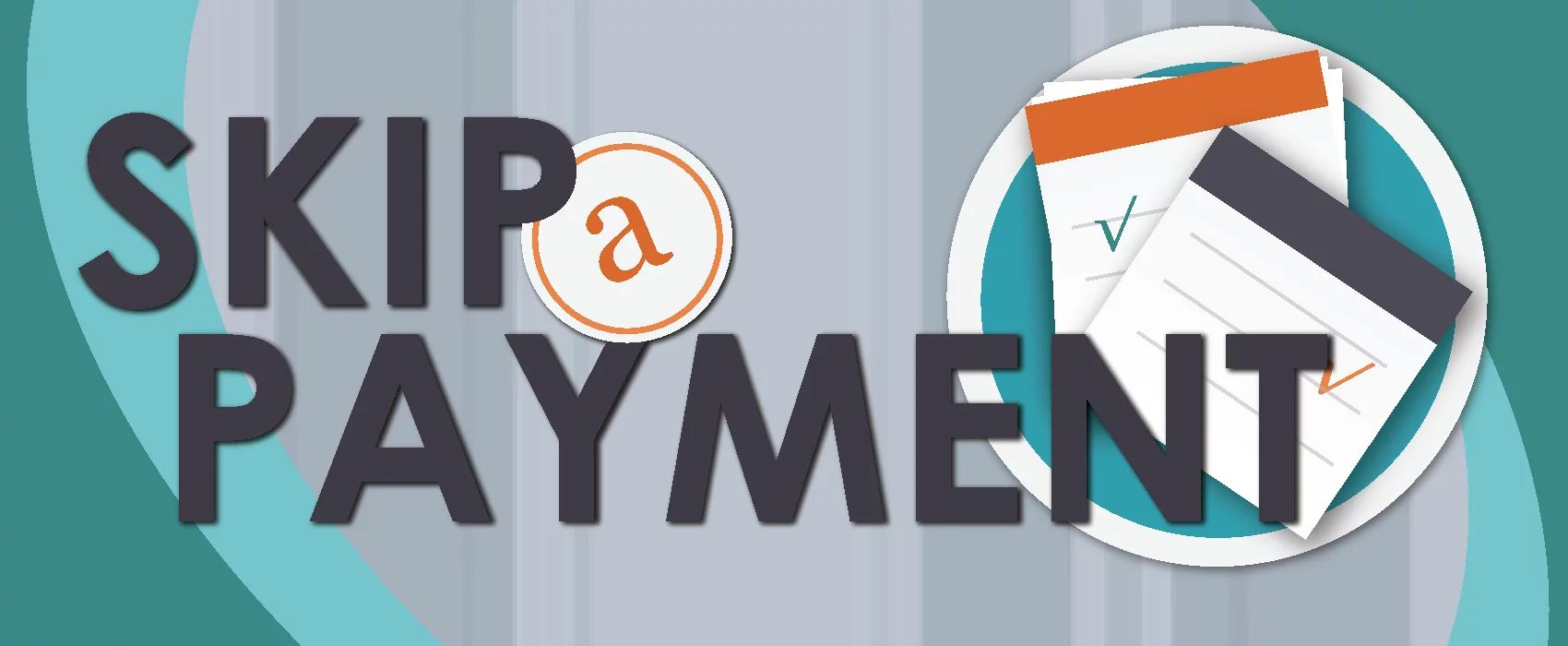February 02, 2018
Build A Budget
Why is it important to teach your child to budget? Though it’s hard to believe it when you’re knee-deep in their laundry and begging them to do their homework, your little ones won’t be young forever. Some day, they will be all grown up and have homes of their own. And while you can lecture them about budgeting, spending their allowances wisely and saving up for the occasional expensive item, running the finances of an entire household is a whole different ballgame.
Materials Needed:
- The following bills, all for one month’s worth of payments:
- Household utilities
- Transportation-related bills, including car payments, insurance, auto loan payments, EZ pass bills, repairs and gas receipts
- Health insurance
- Cellphone
- Mortgage, including all taxes and insurance
- Credit cards, and any other monthly bill
- All grocery receipts from the month.
- Clothing, recreation and all other miscellaneous receipts from the month.
- Paychecks for one month (optional).
- Spreadsheet.
- Writing materials.
- Calculator.
- Circulars.
- Piggy Bank.
The budget is not just a collection of numbers, but an expression of our values and aspirations.
~Jacob Lew
Instructions:
1. Present your child with all your bills and receipts from one month. If you don’t have every receipt, give your child an estimate for all your monthly household expenses in the following areas: housing, utilities, health costs, food, transportation, clothing, recreation etc.Give your child all pay stubs from the same month. If you don’t feel comfortable revealing exactly how much income you and your spouse earn, you can create a fake paycheck. Make sure, though, that the amount you provide is reasonable and sufficient to cover all expenses.
2. Tell your child you are challenging them to create a monthly budget. They must use the spreadsheet and materials given to tally up all expenses and income. They need to determine specific, practical amounts for groceries (drawn from the circulars) and all discretionary spending.
3. Offer bonus points for any money your child manages to allocate for the piggy bank.
4. Sit back and observe, withholding any advice or tips, as your child works out the budget.
Variation: If your child is a visual learner or too young to do this on paper, you can try this activity with props. Offer him a pile of play money that’s equal to the income earned. Line up a row of empty shoe boxes, each of which is labeled with another monthly expense, and have him place the amount he believes each category requires in the corresponding shoe box.
To make it even simpler, you can label the boxes for fixed expenses (utility bills, mortgage, insurance etc.) with the amount they need each month. Your child only has to place the correct amount in those boxes and then divide up the rest among the fluctuating expenses to the best of his ability.
Can your child successfully create a family budget for a month? Review the results aloud and make sure your budding economist included all categories. If your child was able to put any money away, you can reward her with a bonus on her allowance.
She definitely deserves it!
RELATED ARTICLE: Don’t Bust The Budget Challenge
Want more credit union information?
Subscribe to eNews




